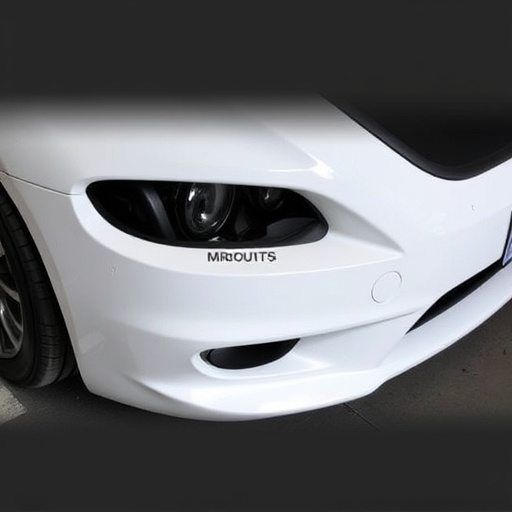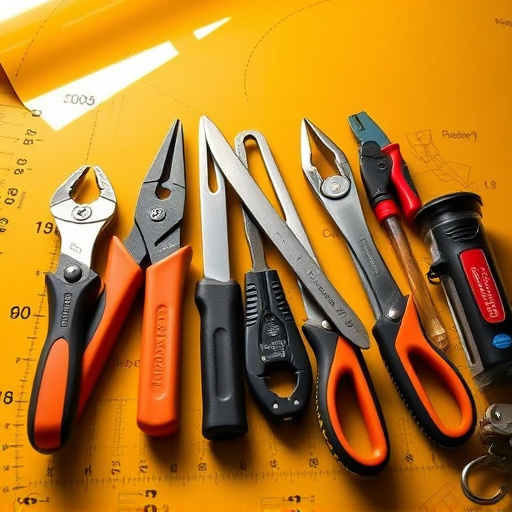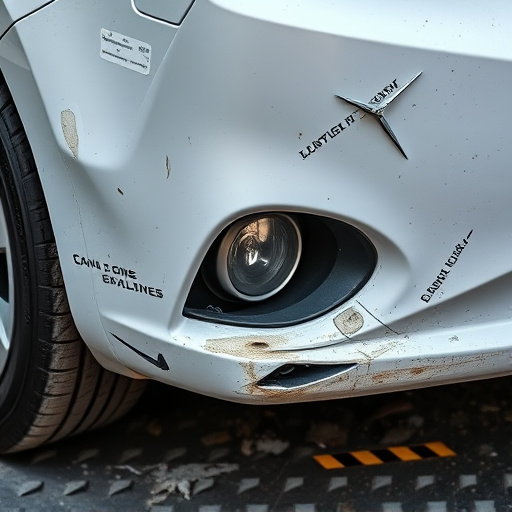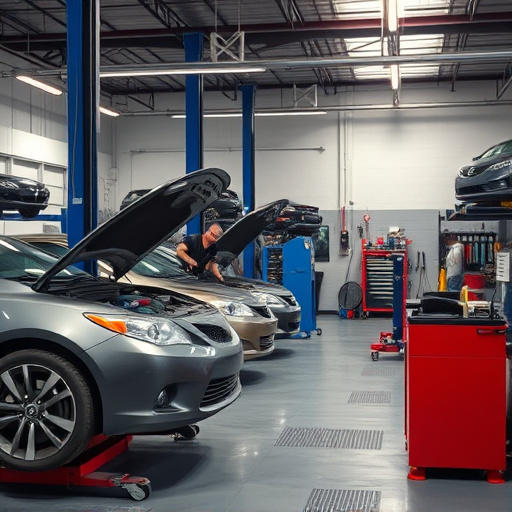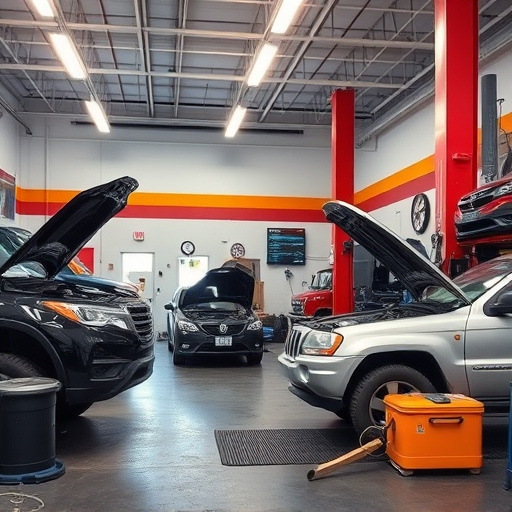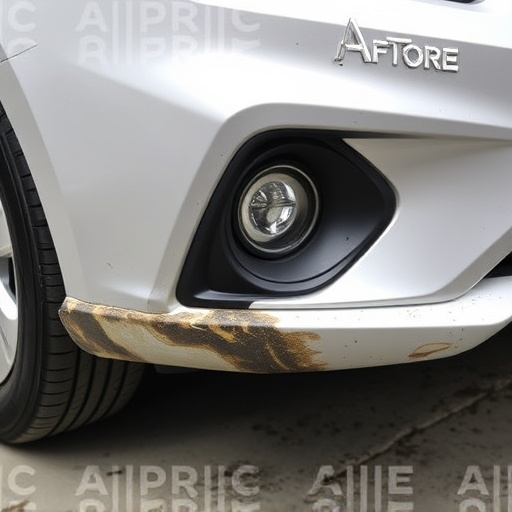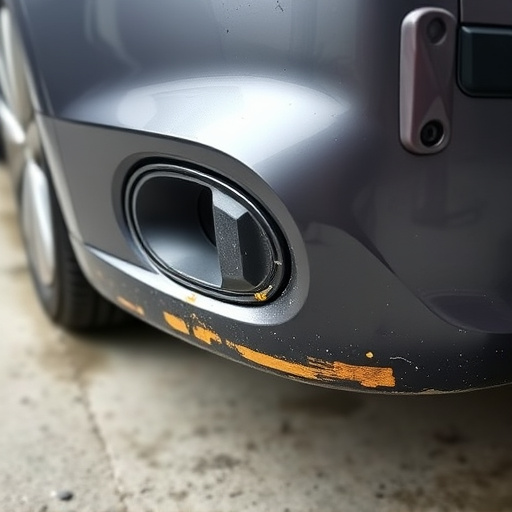Waterborne paint technology is a revolutionary, eco-friendly solution for auto repairs, offering improved coverage, faster drying times, and reduced VOCs compared to traditional methods. Its versatility and efficiency make it ideal for various damage scenarios on metal and plastic surfaces, while also enhancing workshop air quality and contributing to a greener automotive future.
Waterborne paint technology is transforming repair efficiency, offering a more sustainable and effective solution compared to traditional coatings. This innovative approach leverages the unique properties of water-based paints, providing superior coverage, faster drying times, and reduced environmental impact. By understanding the benefits of waterborne paint, you’ll discover how it streamlines repair processes, reduces waste, and opens doors to future painting advancements.
- Understanding Waterborne Paint Benefits for Repairs
- Advantages in Action: Efficient Repair Process
- Future of Painting: Waterborne Technology's Impact
Understanding Waterborne Paint Benefits for Repairs
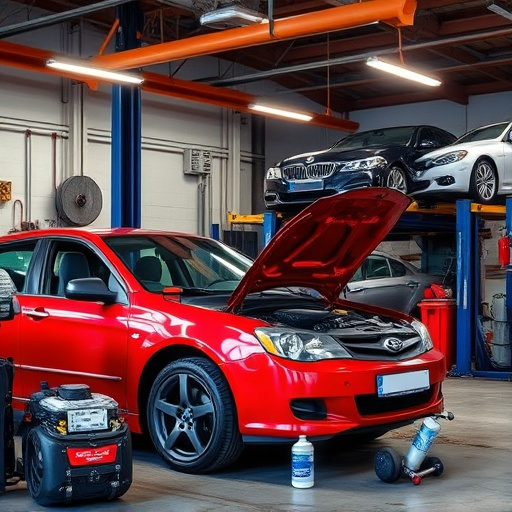
Waterborne paint technology offers significant advantages for any auto repair job, from minor scuffs to extensive hail damage repair. This innovative approach has revolutionized car dent removal and other cosmetic repairs by providing a range of benefits that traditional paints cannot match. One of the key advantages is its environmental friendliness; waterborne paints contain fewer volatile organic compounds (VOCs), making them safer for both technicians and the planet.
Moreover, these paints offer superior coverage and durability, ensuring that repairs last longer with a seamless finish. They also reduce drying times, enabling quicker turnaround for customers looking for an auto repair near me. This technology’s versatility makes it suitable for various surfaces, from metal to plastic, which is particularly useful in addressing diverse vehicle damage scenarios, such as hail damage repair.
Advantages in Action: Efficient Repair Process

Waterborne paint technology offers a myriad of advantages when it comes to the repair process, especially in auto body services and vehicle repair industries. The primary benefit is its efficiency; this innovative technology reduces the time required for preparation and drying compared to traditional paints. With waterborne paints, the repair process becomes more streamlined, allowing technicians to work faster without compromising quality.
This advanced paint technology also enhances environmental sustainability. As the name suggests, these paints are based on water as a solvent, making them safer and more eco-friendly alternatives. This shift towards greener solutions is not just beneficial for the environment but can also improve air quality in workshops, creating healthier working conditions for auto body specialists.
Future of Painting: Waterborne Technology's Impact
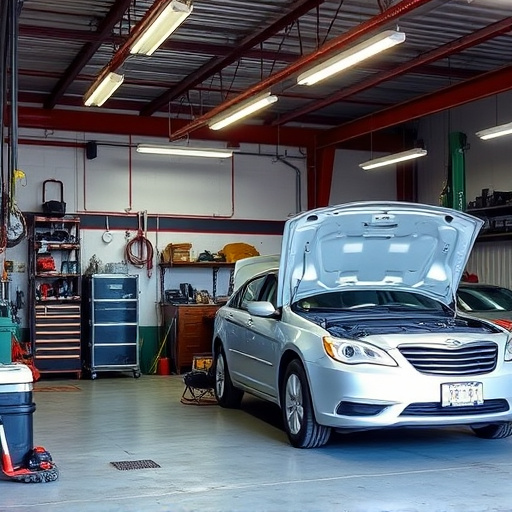
The future of painting in the automotive industry is looking brighter with the increasing adoption of waterborne paint technology. This innovative approach to coating and finishing offers a range of benefits that are transforming car body shops and the overall process of dent removal and car damage repair. By eliminating harmful volatile organic compounds (VOCs) typically found in traditional paints, waterborne systems provide a more environmentally friendly option without compromising performance.
Waterborne paint technology is revolutionizing repair efficiency by reducing drying times, offering improved coverage, and enhancing color consistency. This not only speeds up the overall repair process but also contributes to better aesthetics and increased customer satisfaction in car body shops. As the demand for sustainable solutions continues to grow, waterborne paint is poised to become a game-changer in the way we approach dent removal and car damage repair, paving the way for a greener and more efficient future in the automotive sector.
Waterborne paint technology is revolutionizing the repair industry by offering a more efficient, environmentally friendly, and high-performance alternative. Its numerous advantages, from reduced drying times to improved coverage, make it an indispensable tool for achieving superior repair outcomes. As this technology continues to evolve, we can expect even more innovative solutions, ensuring faster, cleaner, and more durable repairs across various sectors.



